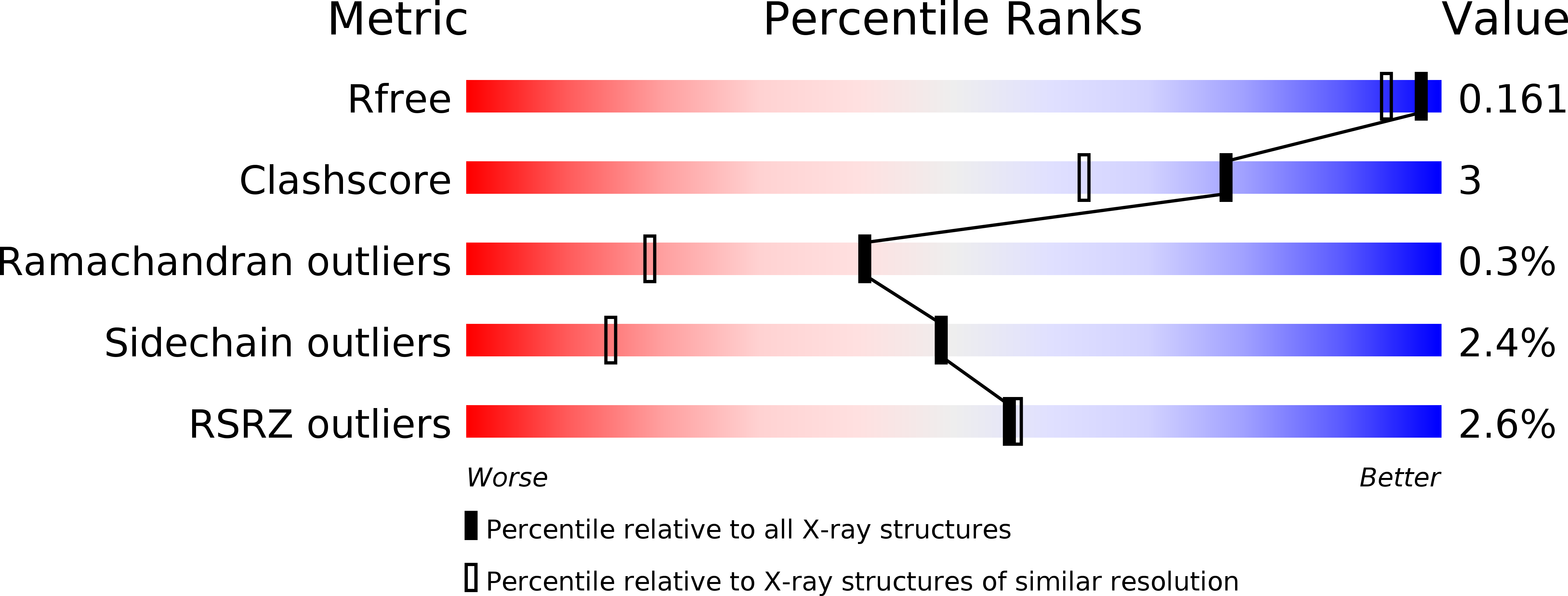
Deposition Date
2016-02-22
Release Date
2017-02-01
Last Version Date
2024-10-09
Entry Detail
PDB ID:
5IB2
Keywords:
Title:
Crystal structure of HLA-B*27:05 complexed with the self-peptide pVIPR
Biological Source:
Source Organism:
Homo sapiens (Taxon ID: 9606)
Host Organism:
Method Details:
Experimental Method:
Resolution:
1.44 Å
R-Value Free:
0.16
R-Value Work:
0.13
R-Value Observed:
0.13
Space Group:
P 1 21 1


